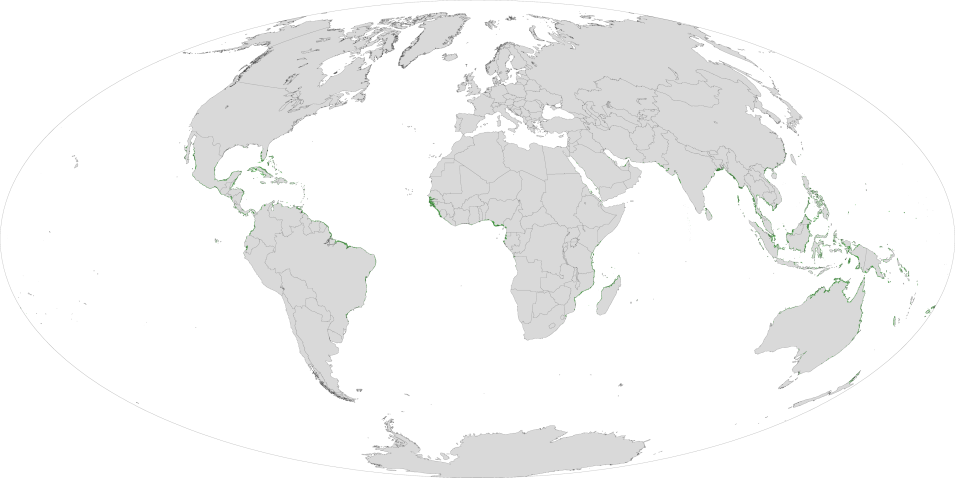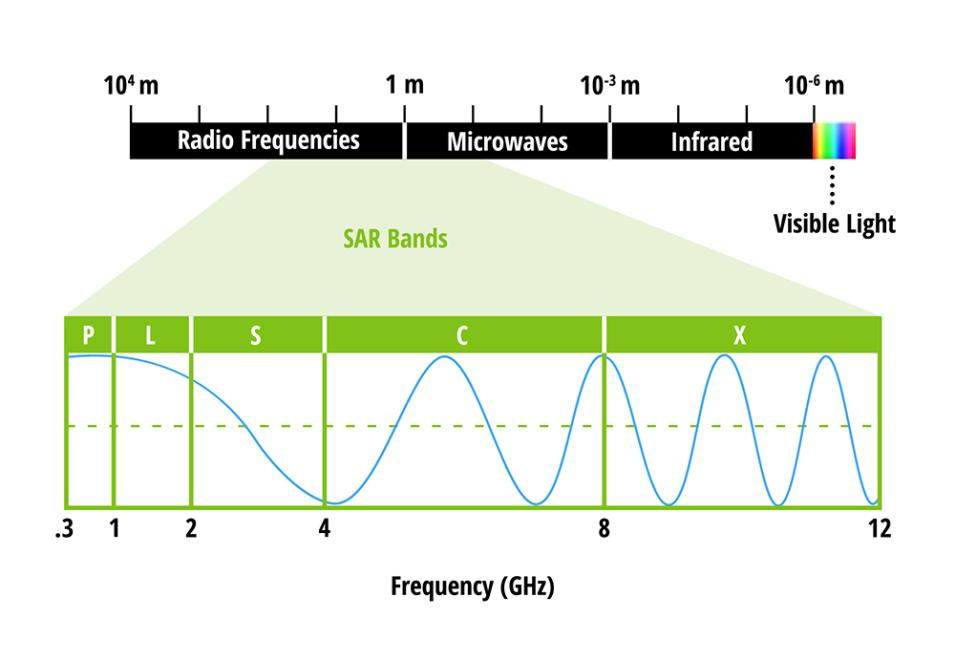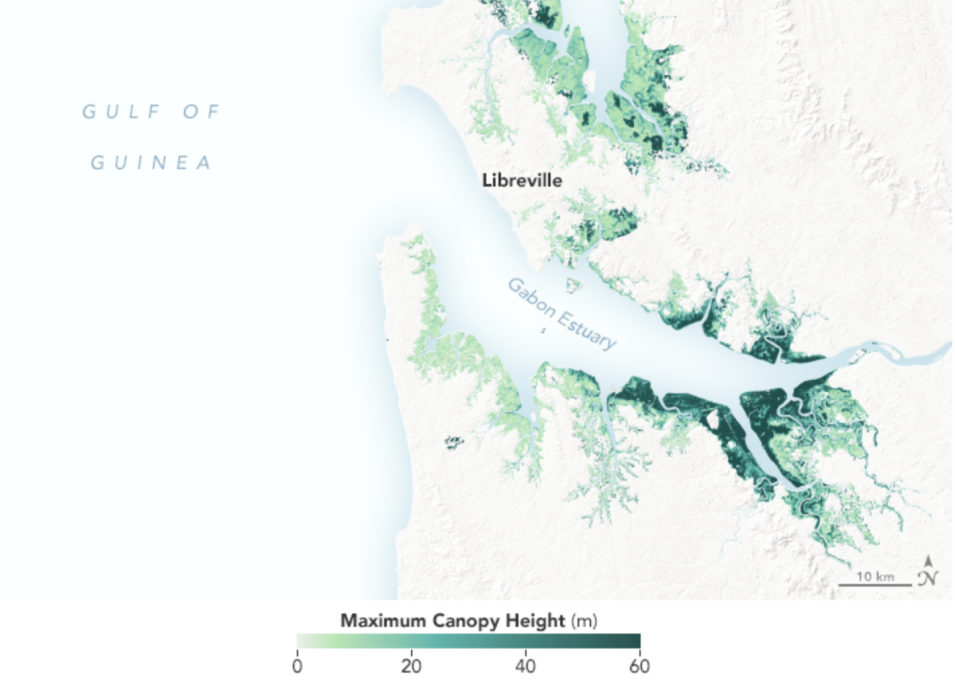Mangrove forests are some of the most biologically diverse and productive ecosystems on the planet. Made up of trees and large shrubs at the boundary between land and sea, these coastal wetlands are important carbon sinks and are home to a wide array of plant and animal life. Millions of people depend on mangroves for fishing, tourism, and protection against storm surges from tropical cyclones.
But agricultural development, urbanization, sea level rise, and damage from wind and tropical cyclones threaten the health of mangroves in some places. Tracking the health of these ecosystems by measuring forest extent and tree height is critical to informing sustainable management of mangroves and the services they provide.
Researchers use a number of remote sensing instruments to detect the presence of mangroves and to measure their size and shape, and new technologies allow researchers to track the height and carbon content of mangrove canopies.




